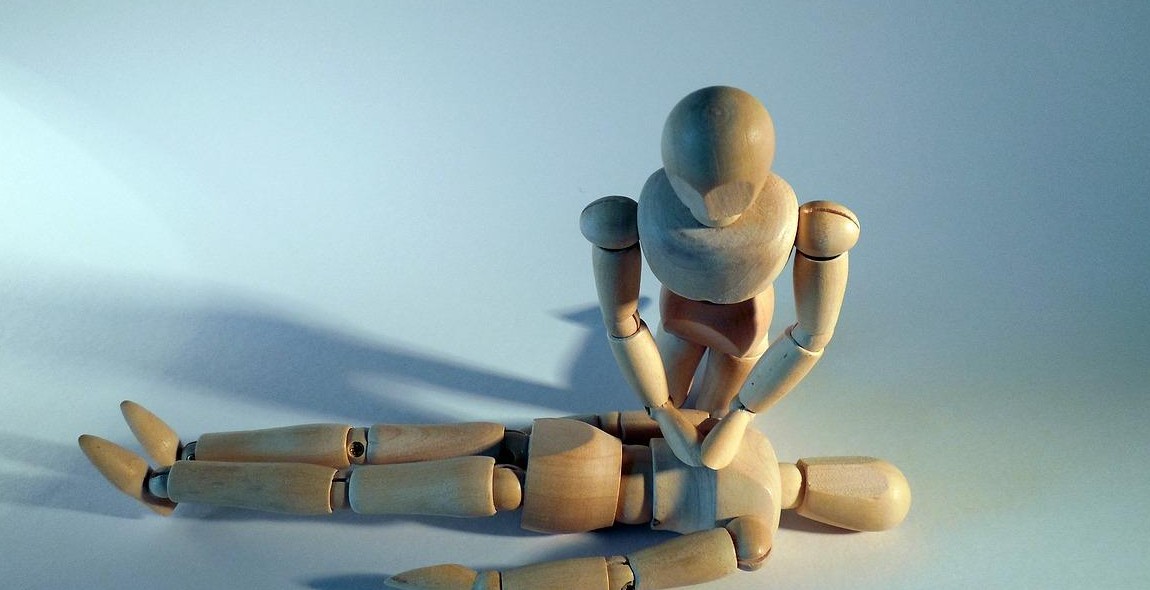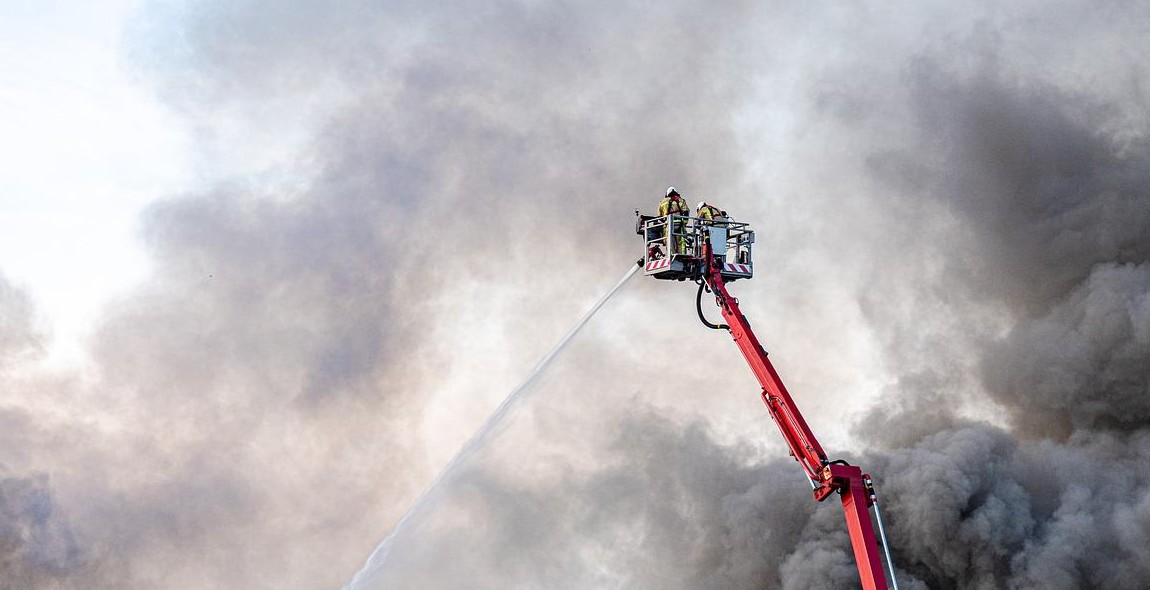How to Create an Emergency Preparedness Kit: Essential Supplies for Natural Disasters
As someone who has experienced the effects of natural disasters firsthand, I cannot stress enough the importance of being prepared for the unexpected. Whether it’s a hurricane, earthquake, tornado, or any other natural calamity, having an emergency preparedness kit can make all the difference in ensuring your safety and survival.
Why Create an Emergency Preparedness Kit?
In the event of a natural disaster, emergency services may not be immediately available, and it could take days for help to arrive. This is why it’s crucial to have a well-stocked emergency kit that contains all the necessary supplies to sustain you and your family for at least 72 hours.
What Should Your Emergency Preparedness Kit Include?
Your emergency preparedness kit should include basic necessities such as food, water, and first aid supplies. It’s also important to consider your individual needs, such as medications, pet supplies, or baby formula.
| Essential Supplies | Additional Items to Consider |
|---|---|
| Water (1 gallon per person per day) | Medications |
| Non-perishable food | Baby formula and diapers |
| Flashlights and extra batteries | Pet food and supplies |
| First aid kit | Cash and important documents |
| Whistle for signaling for help | Maps and a compass |
| Manual can opener | Extra clothing and blankets |
By taking the time to create an emergency preparedness kit, you can have peace of mind knowing that you are ready for whatever nature may throw your way.
Why You Need an Emergency Preparedness Kit
I’ve lived through my fair share of natural disasters – from hurricanes to earthquakes to wildfires. And one thing I’ve learned is that you can never be too prepared. That’s why having an emergency preparedness kit is so important.
What is an Emergency Preparedness Kit?
An emergency preparedness kit is a collection of essential supplies that you’ll need in the event of a natural disaster or other emergency. These kits can be purchased pre-made, but I highly recommend creating your own customized kit. This way, you can ensure that you have everything you need for your specific circumstances.
Why Do You Need an Emergency Preparedness Kit?
There are several reasons why having an emergency preparedness kit is crucial:
- Immediate Access to Supplies: In the event of a natural disaster, emergency services can be delayed or overwhelmed. Having an emergency preparedness kit ensures that you have immediate access to the supplies you need to survive.
- Peace of Mind: Knowing that you have a kit prepared can bring peace of mind during times of uncertainty and chaos.
- Customization: By creating your own emergency preparedness kit, you can customize it to your specific needs and circumstances. For example, if you have pets, you can include supplies for them as well.
- Cost-Effective: Creating your own emergency preparedness kit can be more cost-effective than purchasing a pre-made kit. You can buy supplies in bulk and save money in the long run.
What Should You Include in Your Emergency Preparedness Kit?
While the specific contents of your emergency preparedness kit will depend on your individual needs, there are some essential supplies that everyone should include:
- Water: Aim to have at least one gallon of water per person per day for at least three days.
- Non-Perishable Food: Stock up on non-perishable food items such as canned goods, protein bars, and dried fruit.
- First Aid Kit: Make sure your kit includes items such as bandages, antiseptic wipes, and pain relievers.
- Flashlight and Batteries: A flashlight can provide light during power outages, while extra batteries ensure that it stays powered.
- Extra Clothing and Blankets: In case of extreme weather conditions, it’s important to have extra clothing and blankets to stay warm.
- Personal Hygiene Items: Include items such as hand sanitizer, toilet paper, and feminine hygiene products.
- Cash: In the event of a power outage, ATMs and credit card machines may not work. Having cash on hand can ensure that you can purchase necessary supplies.
These are just a few examples of essential supplies to include in your emergency preparedness kit. Be sure to customize your kit to your individual needs and circumstances.

Essential Supplies for Your Emergency Preparedness Kit
Water
Water is an essential item in any emergency preparedness kit. You should have at least one gallon of water per person per day for at least three days. It is important to have a sufficient supply of water as it is necessary for hydration, cooking, and cleaning. You can store water in clean, airtight containers and replace them every six months.
Food
Non-perishable food items are necessary for your emergency kit. You should have enough food to last for at least three days. Canned goods, dry fruits, and energy bars are some examples of non-perishable food items that can be stored for a long time. Make sure to include a manual can opener in your kit.
First Aid Kit
A first aid kit is essential in any emergency preparedness kit. It should include items such as bandages, antiseptic wipes, pain relievers, and other necessary medical supplies. Make sure to include any prescription medications that you or your family members may need.
Flashlight and Batteries
During a natural disaster, power outages are common. A flashlight and extra batteries are necessary to navigate in the dark. Make sure to keep extra batteries in your kit and replace them every six months.
Radio
A battery-powered or hand-crank radio is important for staying informed during an emergency. You can use it to listen to updates and instructions from authorities. Make sure to keep extra batteries or a hand-crank charger in your kit.
Blankets and Warm Clothing
During a natural disaster, temperatures can drop and it is important to stay warm. Include blankets and warm clothing in your kit. You can also include hand warmers and extra socks.
Personal Hygiene Items
Personal hygiene items such as soap, toothbrushes, and toilet paper are important for maintaining cleanliness and preventing the spread of germs. Make sure to include these items in your kit.
Cash and Important Documents
Cash and important documents such as identification cards, insurance policies, and medical records should be kept in a waterproof container. You may need cash to purchase supplies or for transportation during an emergency.
Tools
Tools such as a wrench, pliers, and a multi-purpose knife can be useful during an emergency. You can use them to turn off utilities or to make necessary repairs. Make sure to include any other tools that you may need based on your location and situation.
How to Pack Your Emergency Preparedness Kit
When it comes to packing your emergency preparedness kit, there are a few things to keep in mind to ensure that your supplies are organized and easily accessible in case of an emergency. Here are some tips on how to pack your kit:
Choosing the Right Container
The first step in packing your emergency preparedness kit is to choose the right container. You want a container that is durable, waterproof, and easy to carry. Some good options include a backpack, a duffel bag, or a plastic storage container with a lid.
When choosing your container, consider the size of your kit and the number of people it needs to serve. You want to make sure that your container is large enough to hold all of your supplies, but not so large that it becomes difficult to carry.
Organizing Your Supplies
Once you have your container, it’s time to start organizing your supplies. The key is to group similar items together and keep them in separate compartments or bags. This will make it easier to find what you need in an emergency.
Here are some examples of how you can organize your supplies:
- Food and water: Pack non-perishable food items like canned goods, energy bars, and dried fruit in a separate bag or container. Include at least one gallon of water per person per day.
- Clothing and bedding: Pack a change of clothes and a warm blanket or sleeping bag for each person in your kit.
- First aid kit: Keep your first aid supplies in a separate bag or container. Include bandages, antiseptic wipes, pain relievers, and any prescription medications.
- Tools and supplies: Pack a flashlight, batteries, a multi-purpose tool, duct tape, and a whistle in a separate bag or container.
Storing Your Kit
Once you have your supplies organized, it’s important to store your kit in a safe and accessible location. Make sure everyone in your household knows where the kit is stored and how to access it in an emergency.
Here are some tips on where to store your kit:
| Location | Pros | Cons |
|---|---|---|
| Under a bed | Easy to access | May be difficult to store larger kits |
| In a closet | Out of sight | May be difficult to access in an emergency |
| In the garage | Easy to store larger kits | May be difficult to access in an emergency |
Remember to check your emergency preparedness kit regularly and update it as needed. By taking the time to pack your kit properly, you’ll be better prepared for any natural disaster or emergency that may come your way.

Conclusion
Creating an emergency preparedness kit is crucial for everyone, no matter where you live. Natural disasters can strike without warning, leaving you and your loved ones vulnerable. By having a well-stocked emergency kit, you can ensure that you have the necessary supplies to survive until help arrives.
When creating your emergency kit, it’s important to keep in mind the specific needs of your family, as well as the potential disasters that could occur in your area. Make sure to include essential items like water, food, first aid supplies, and a way to communicate with others.
Remember to regularly check and update your kit, replacing expired items and making sure everything is in working order. It’s also a good idea to have a plan in place for what to do in case of an emergency, including where to go and who to contact.
By taking the time to create an emergency preparedness kit, you can have peace of mind knowing that you and your loved ones are ready for whatever comes your way.
| Supplies | Why it’s important |
|---|---|
| Water | Hydration is essential for survival |
| Food | Provides necessary nutrients and energy |
| First aid kit | Treats injuries and prevents infection |
| Flashlight | Provides light in case of power outage |
| Batteries | Power source for flashlights and other devices |
| Radio | Keeps you informed of news and updates |
| Whistle | Signals for help if trapped or injured |
| Personal hygiene items | Maintains cleanliness and prevents illness |
